That satisfying feeling after doomscrolling through endless TikTok videos or impulsively shopping online mimics the relief of scratching an itch. This is dopamine at work — a brain chemical (neurotransmitter) responsible for feelings of reward and accomplishment. Whether indulging in viral videos or engaging in new hobbies, dopamine creates a sense of achievement that keeps us coming back for more.
However, reliance on these dopamine hits can lead to lasting brain changes, particularly in teenagers and young adults. This is what my team and I at London Southbank University study. We investigated which brain regions and connections change due to increased social media engagement — or “dopa-mining”, as we call it.
Using social media lights up the same parts of your brain as other addictions, such as drugs, alcohol and gambling. Scientists have found that every time you get a notification, a “like”, or even watch a video you enjoy, your brain’s reward system (the nucleus accumbens) gets activated. This is the same system that makes people feel pleasure when they win money or eat their favourite snack.
But here’s the catch: the more you use social media, the harder it can be for your brain to resist it. It’s like training your brain to crave those dopamine hits – just like an addiction.
Ever wonder why social media feels so addictive? It’s because your brain starts pruning (or trimming) neurons, a bit like cutting away extra branches on a tree, to make the “reward pathway” faster.
This sounds efficient, but it’s not great. The shorter pathway means your brain can “feel” rewards faster, but we know from research that it can also make you more impulsive and less able to stop yourself from scrolling. Over time, this pruning can shrink the size of certain brain areas, like the amygdala and nucleus accumbens, which are key for controlling emotions and making decisions.
Can social media mess with your mental health?
Have you noticed feeling more anxious or down after spending hours on Instagram or Snapchat? You’re not alone. Studies show that people who spend a lot of time on social media are more likely to feel stressed, anxious or even depressed. Why? Because apps such as Instagram are designed to make you seek validation from others. When you don’t get the likes or comments you’re hoping for, it can affect your self-esteem.
On the flip side, those who use social media less often report feeling more confident and less worried about what others think.
How many times have you promised yourself “just five more minutes”, while scrolling in bed, only to realise an hour has passed?
Social media is designed to keep you hooked, much like gambling or drinking. Every notification, like and comment triggers dopamine, making it harder to stop. Scientists call this “delay discounting”, which is when you choose the immediate reward (scrolling) over something important, like studying, sleeping or even hanging out with friends in real life.
Understanding the effect of social media on the brain is just the beginning. The next step in research is to dig even deeper into how social media disrupts the brain’s “default mode network” (DMN) — a system that’s active when you’re not focused on a specific task, such as when you’re daydreaming or reflecting.
Aleksey Popov/Alamy Stock Photo
Using EEG (a method that tracks brain activity), my team and I are examining whether heavy social media use interferes with this network. Why does this matter? The DMN plays a big role in how we process our sense of self, make decisions and even regulate our emotions. If it is disrupted, it could explain why some social media users struggle with attention, emotional control and maintaining healthy mental habits.
The good news is you don’t have to give up social media entirely. But being aware of how it affects your brain is the first step to taking back control.
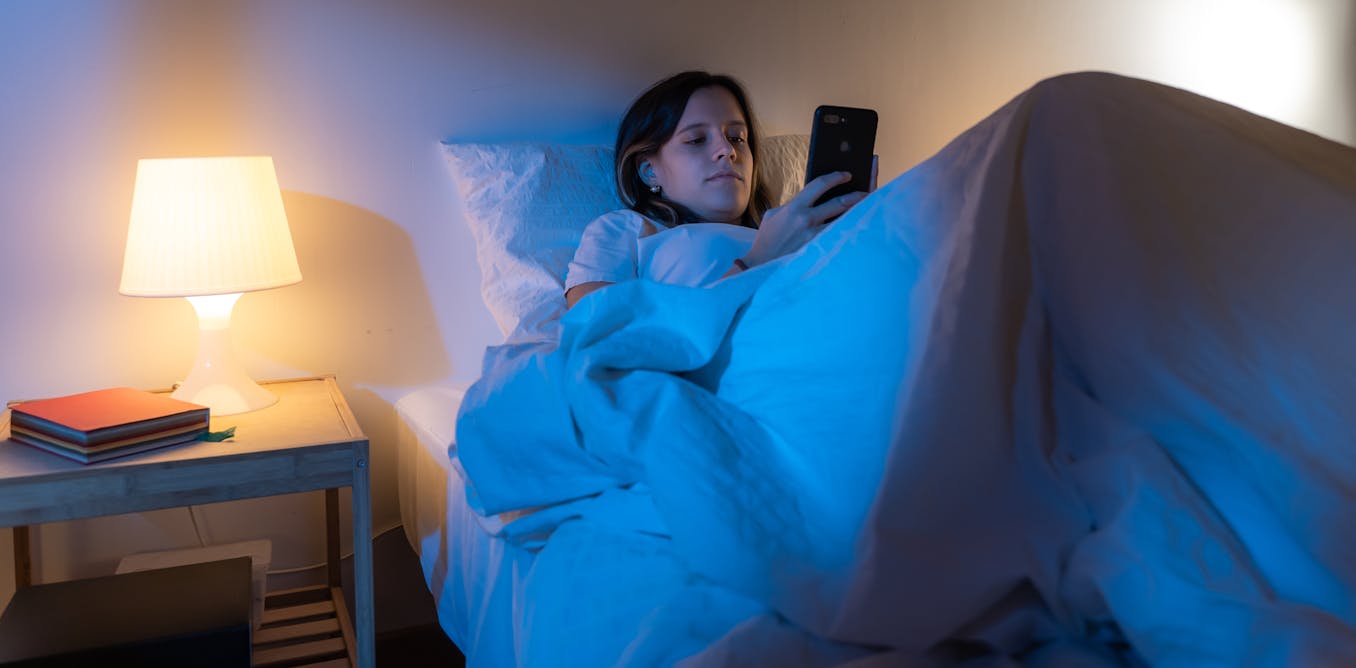
The post “Social media rewires young minds – here’s how” by Laura Elin Pigott, Senior Lecturer in Neurosciences and Neurorehabilitation, Course Leader in the College of Health and Life Sciences, London South Bank University was published on 01/20/2025 by theconversation.com



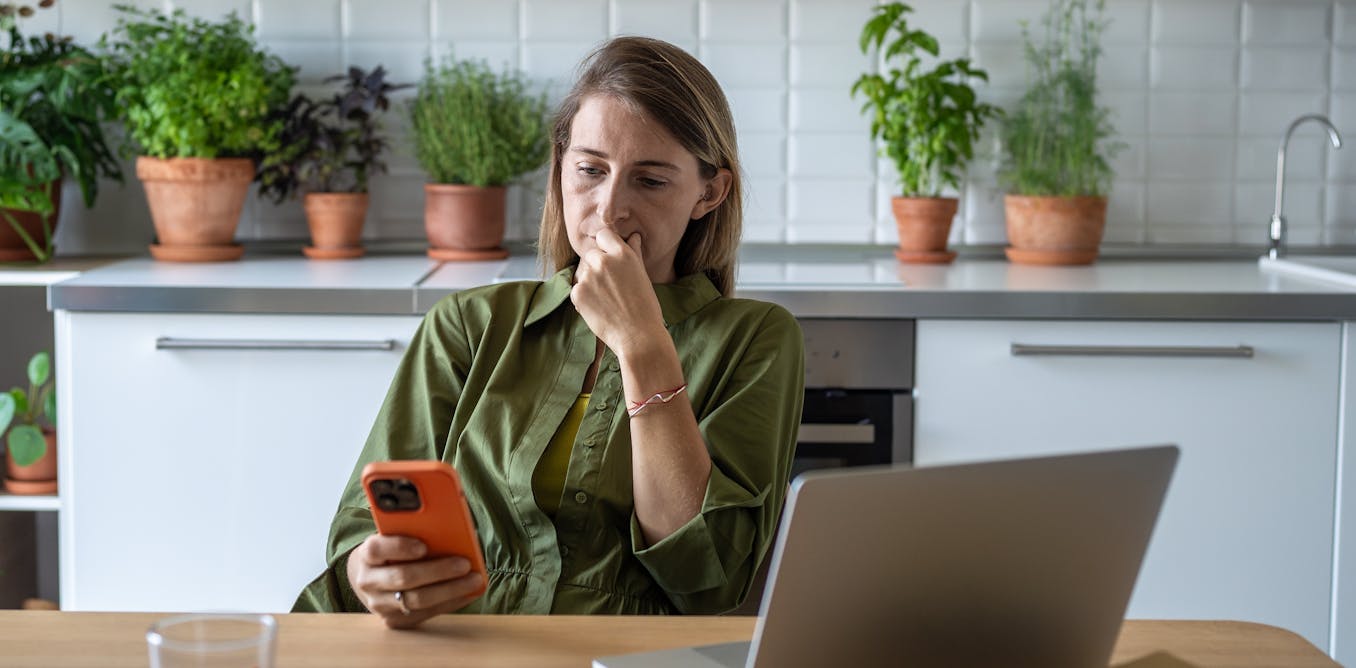
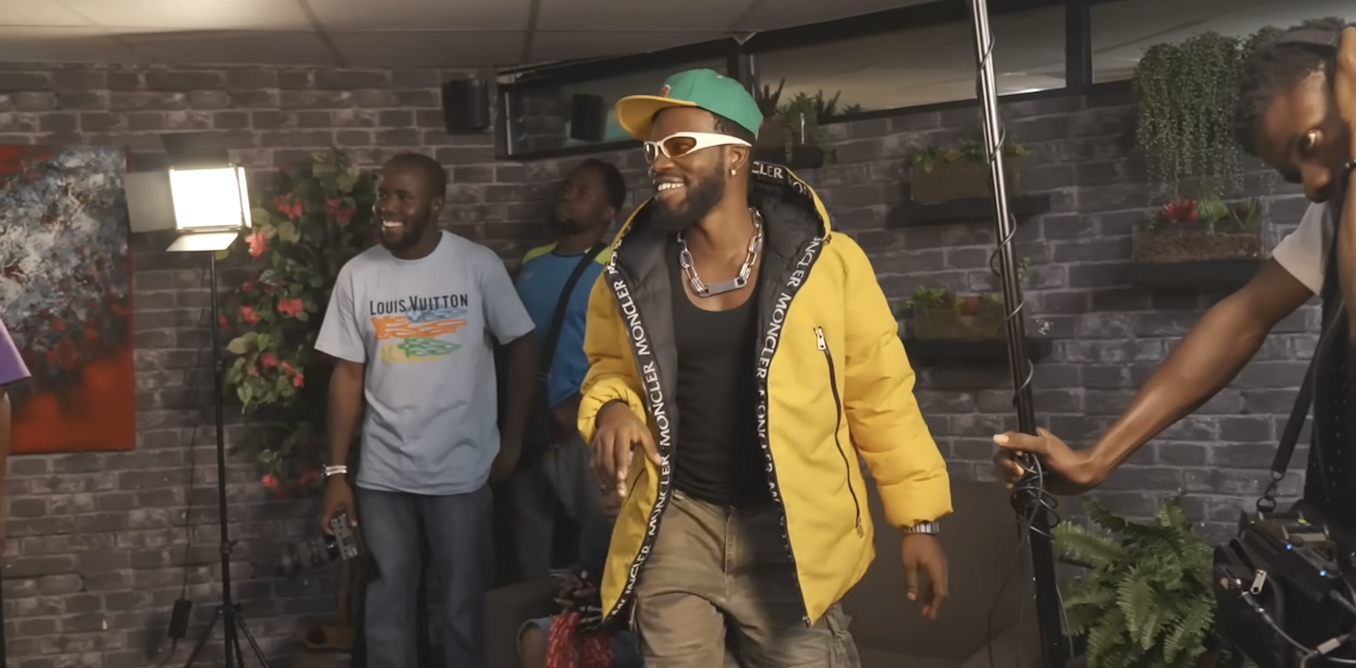
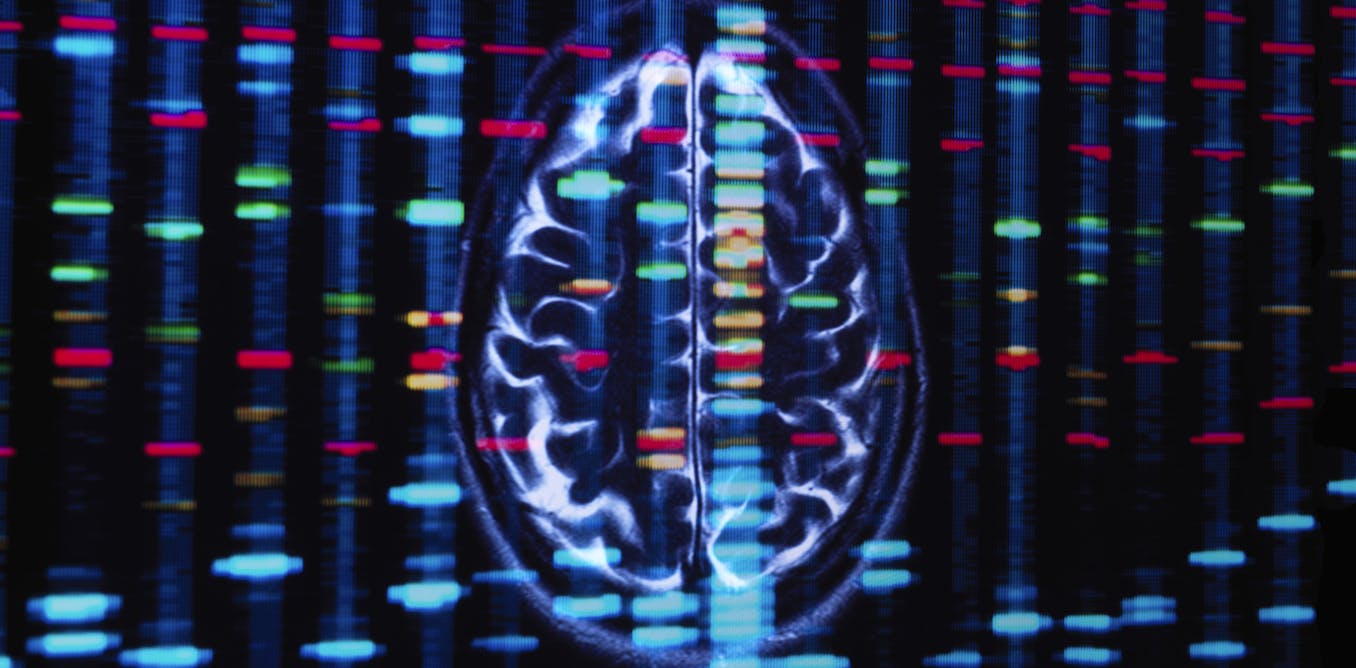

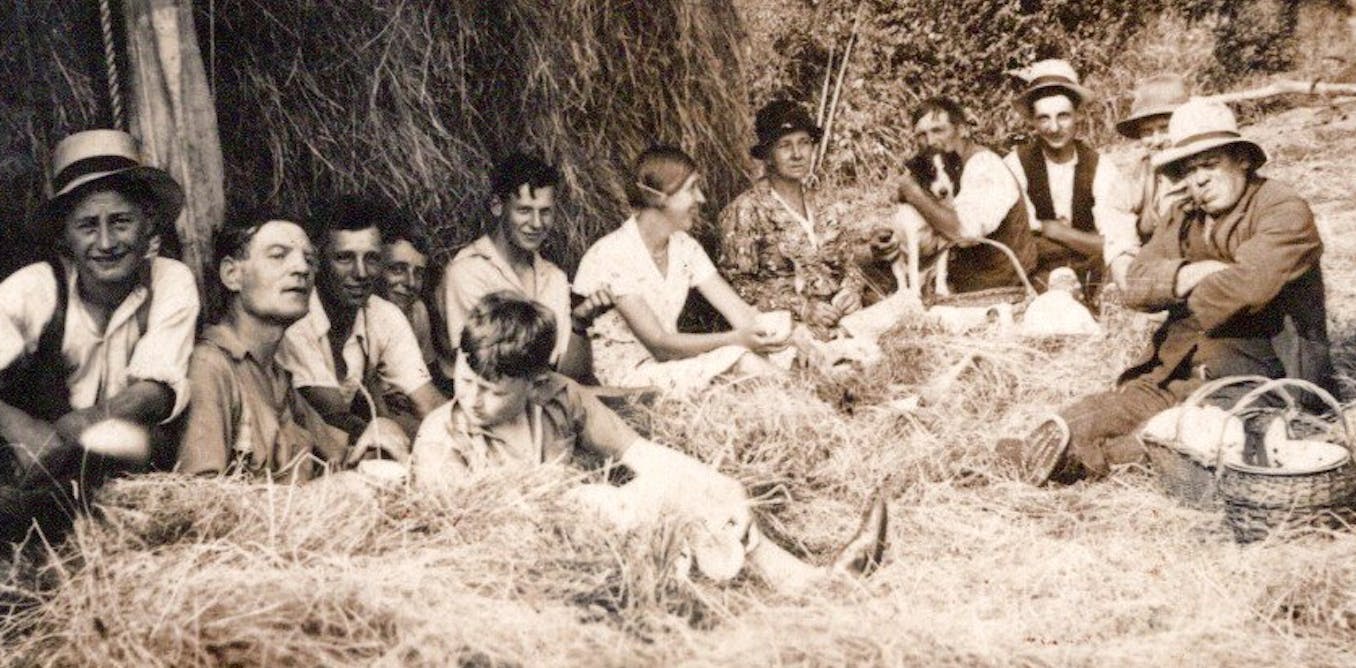
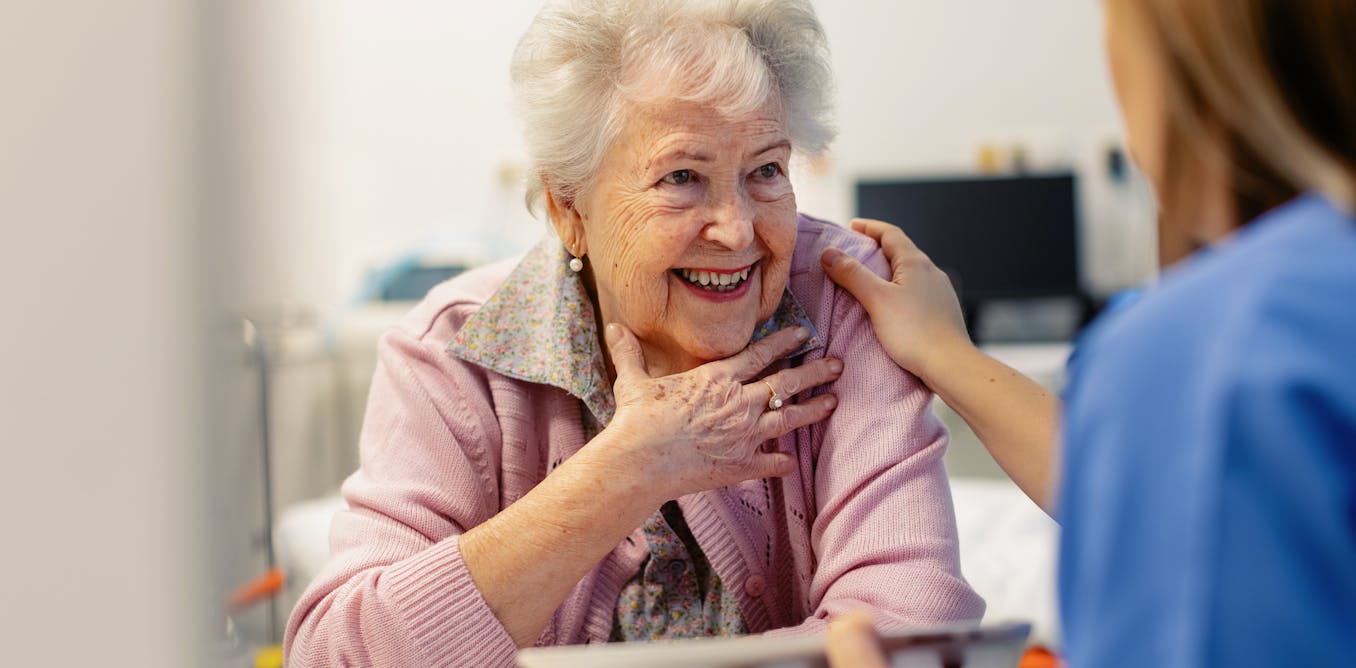



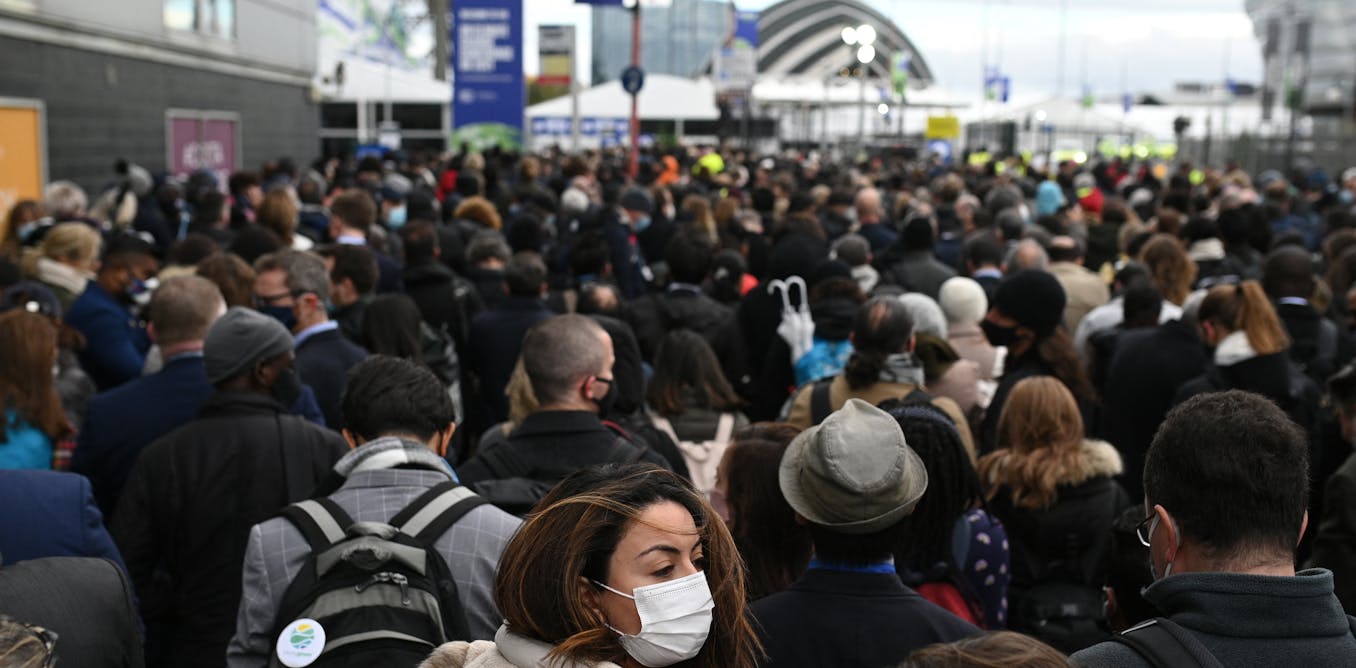
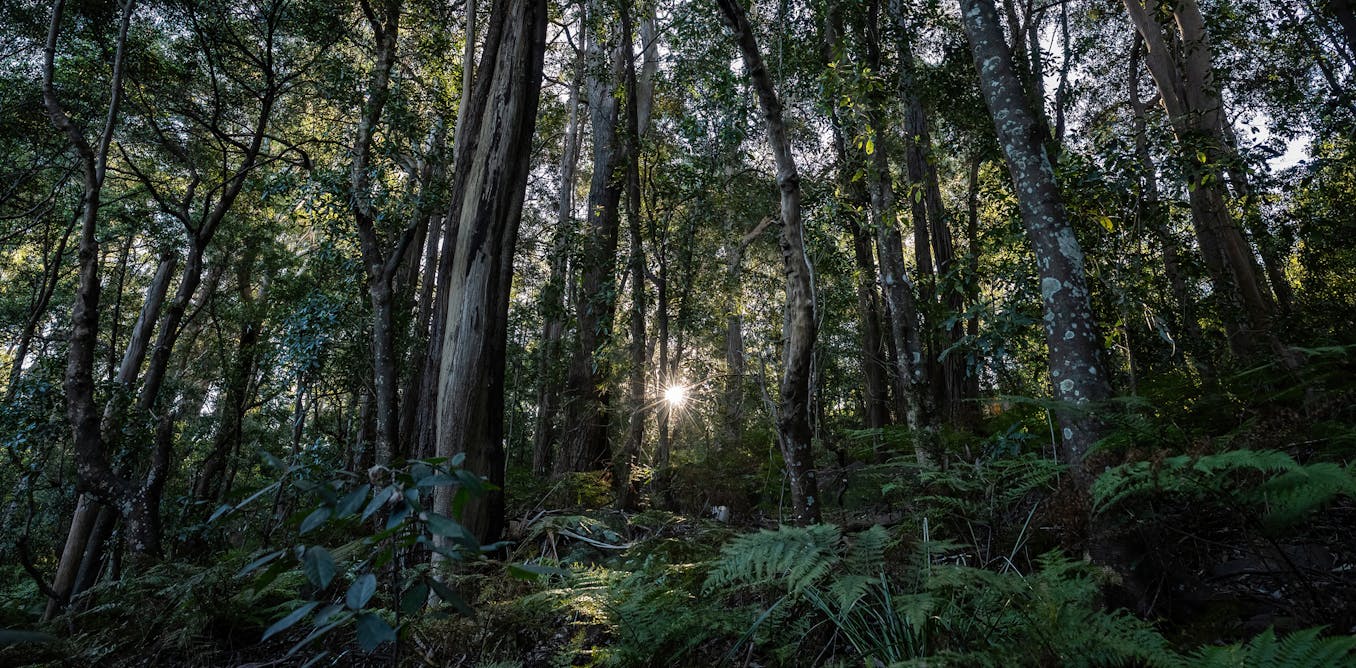


















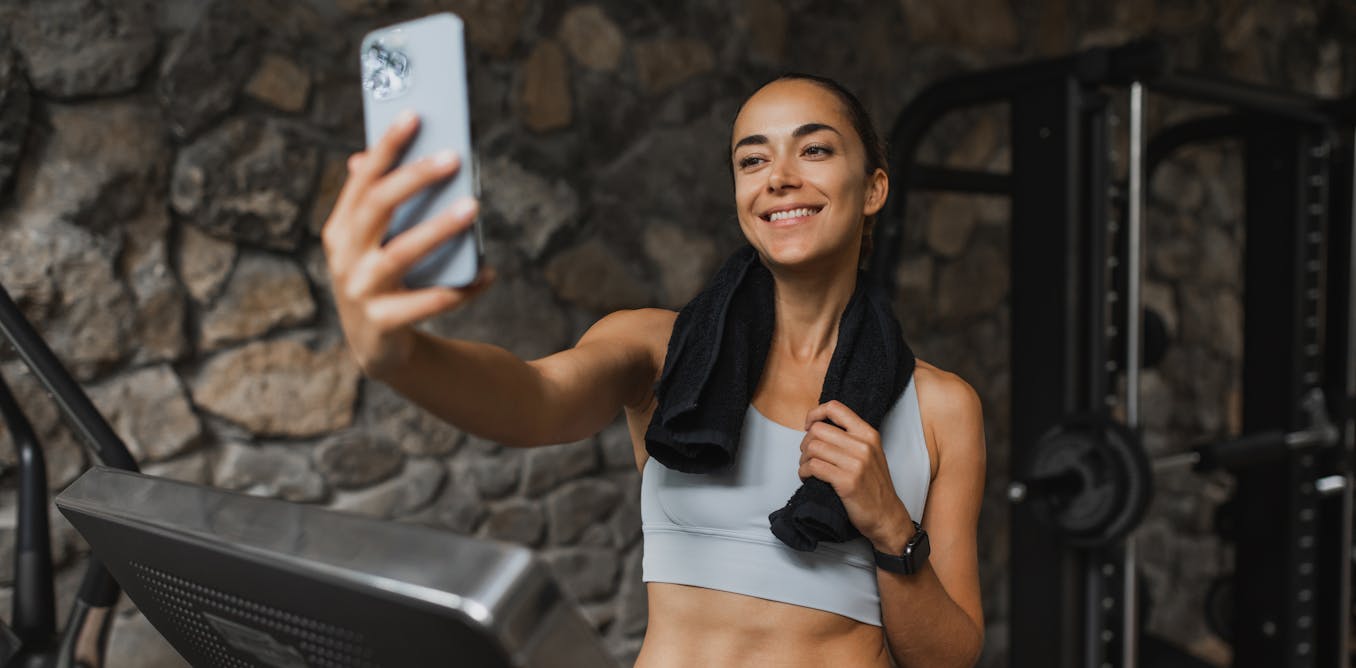
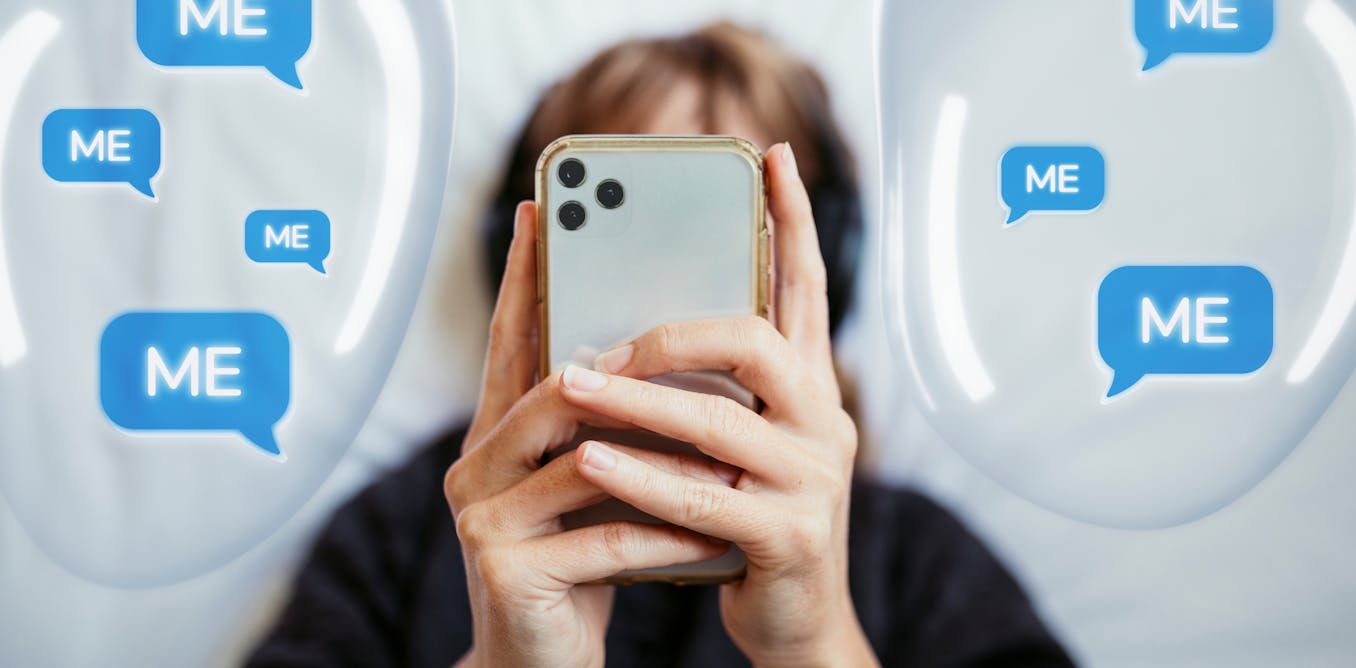

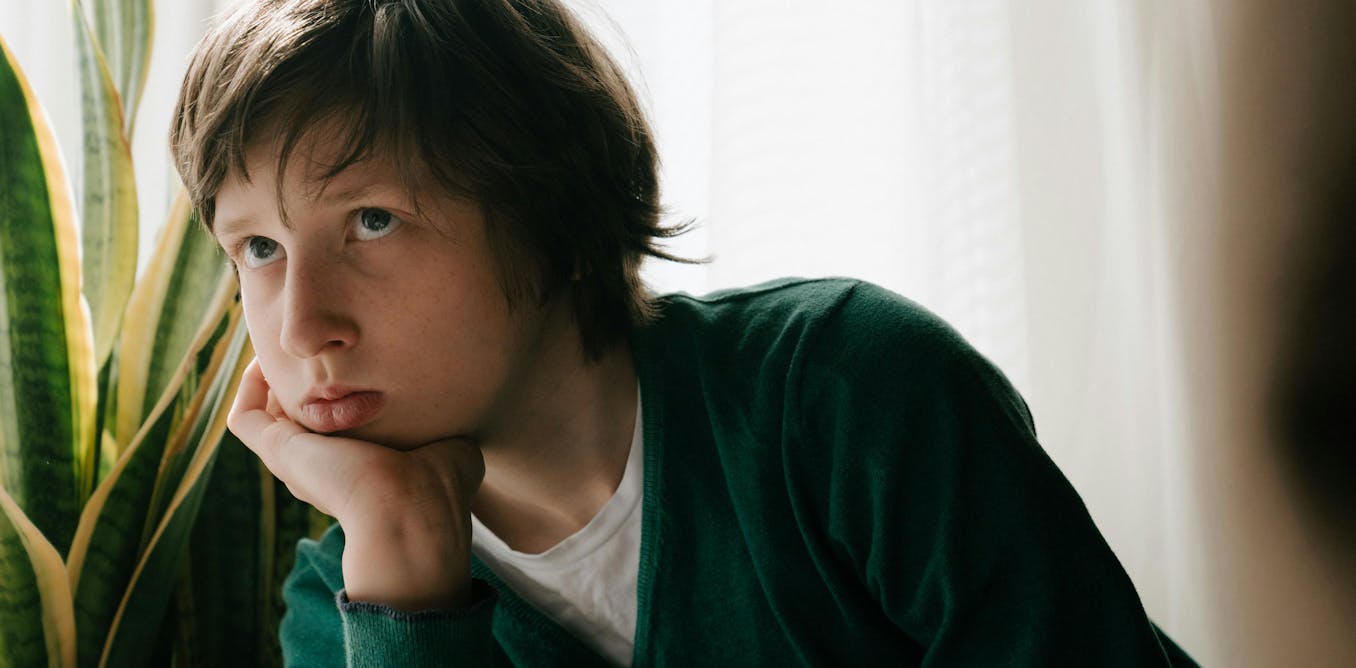
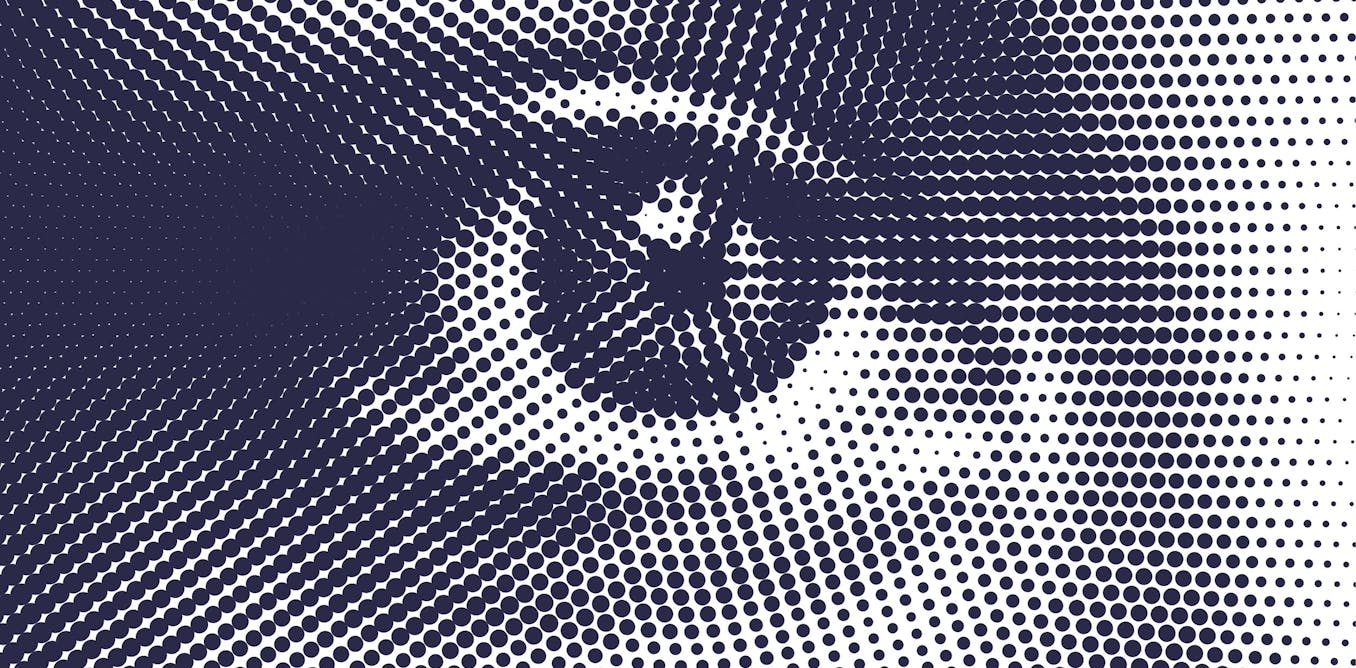
Leave a Reply